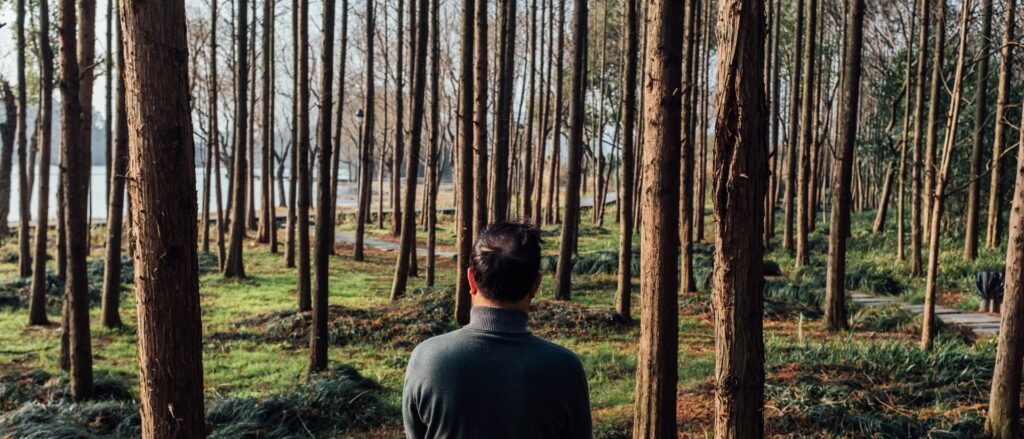


3 July, 2020
The debate around biomass (the use of organic material to generate energy) often turns fiery. This week was no exception, with Extinction Rebellion launching a mass virtual protest to axe Drax Power Station: the UK’s biggest CO2 emitter and the world’s largest burner of wood for biomass energy.
The protestors claim that biomass does not deserve its classification as a “renewable” fuel – and the associated governmental subsidies. They highlight the air pollution and respiratory impacts of wood burning, and challenge the assumption that biomass’ CO2 emissions will be “offset” by future tree growth, because carbon released through burning today won’t be sequestered again for at least a generation.
So should biomass be consigned to history, or is this a case of smoke without fire?
As always, it’s complicated. In part, that’s because the term “biomass” can mean anything from converting sugar cane production waste into electricity (good) to cutting down virgin forest and transporting it thousands of miles to UK power plants (less good).
No one is suggesting that burning wood for fuel is the final destination in our transition to a low-carbon economy, but change is a process, and in this case some four-dimensional thinking might be required. Burning wood in installations that previously burnt coal is a pragmatic interim solution that utilises existing infrastructure, reduces emissions and can help to bridge the gap between now and a future in which we rely almost entirely on wind, waves and sun.
The challenge is to ensure that the fuel used is the least damaging and that biomass burning is phased out as soon as possible. A permanent shift to wood burning that doesn’t account for the social, biodiversity and carbon costs of forest destruction would be a case of out of the frying pan, into the fire.
By Sarah Howden